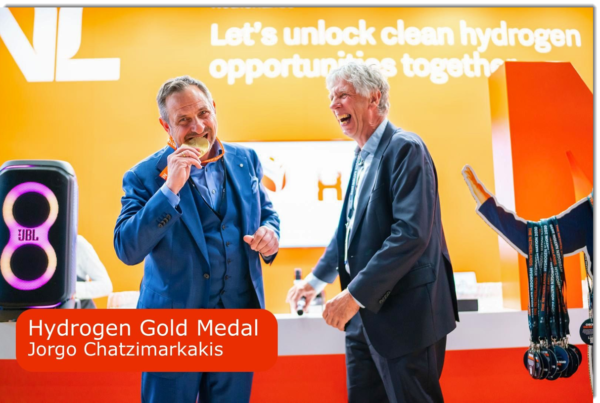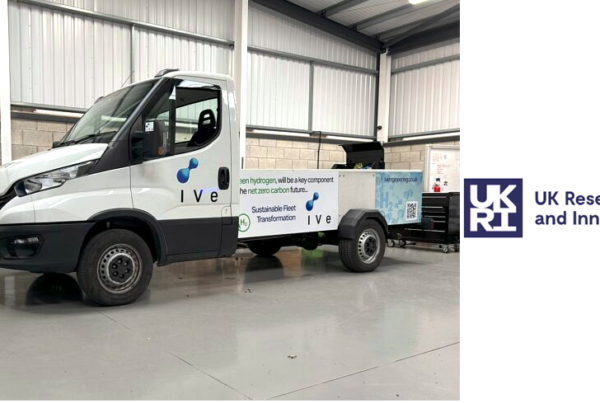
The Rhine-Main region is boldly stepping into the future with a grand vision: a sprawling hydrogen pipeline system extending over 300 kilometers by the year 2028. This ambitious initiative is geared to transition hydrogen from a buzzword into the primary energy source, catapulting the region into the vanguard of sustainable technology.
This audacious plan is rooted in a comprehensive feasibility study executed by consulting giant EY in concert with 16 energy suppliers. Commissioned by the State Energy Agency, the study lays down the framework, outlining hydrogen demand, pipeline trajectories, and the substantial investment required—a hefty €540 million—to make this hydrogen “backbone” a reality.
The forthcoming grid will initially operate alongside existing gas networks, which aren’t retiring just yet. Key players in this monumental effort include Open Grid Europe, Gasgade, and Terranets BW, each committed to rolling out essential pipelines by decade’s end. One key conduit will connect Cologne to Gernsheim in southern Hesse, while the “Central Germany Connection Pipeline” is set to channel hydrogen from Reckrod near Fulda to Lampertheim.
The blueprints for this network sketch out a V-shaped layout through the Rhine-Main landscape, with tentative connectors around Mainz in the west and Großauheim and Obertshausen in the eastern sprawl. This infrastructure aims to serve an eclectic mix of clients, from titans like Opel, Essity, and Schott to the business hubs of Frankfurt and Hanau. Infraserv Höchst and other industrial behemoths like Heraeus and Evonik are also on the list, keen to leverage hydrogen’s promise.
But the hydrogen revolution isn’t confined to corporate giants. Various sectors are clamoring for quick access to hydrogen amenities to green their operations, like steam production. Energy providers see hydrogen as a greener substitute to warm homes, thereby contributing to the wider aim of carbon-neutral heating. The feasibility study makes it clear that no single energy source is a silver bullet for decarbonization; a blend of renewable sources is essential.
However, the transition to hydrogen isn’t without hitches. Hesse’s Energy and Economic Affairs Minister, Tarek Al-Wazir, frequently underscores hydrogen’s costly and finite nature. Questions linger around who will provide the requisite green hydrogen. Even within Hesse, production capacities are expected to be limited, though businesses in the region are proactive in gearing up for hydrogen.
To navigate these complexities, the State Energy Agency is working to install a regional mainline and two overarching pipelines aimed at serving the region’s first large-scale commercial hydrogen consumers. Even as businesses show readiness, gauging the exact volume of hydrogen demand remains tricky. Estimates range from a conservative 2030.2 terawatt-hours by 2032, scaling up to four times that figure in more aggressive projections.
Looking ahead to 2045, Germany’s target year for complete fossil fuel independence, the Rhine-Main region may require up to 54 terawatt-hours of hydrogen, mirroring the nation’s current total hydrogen consumption. Given these variable forecasts, the study hedges its bets with an average demand projection of 30 terawatt-hours.
Read the most up to date Fuel Cell and Hydrogen Industry news at FuelCellsWorks




